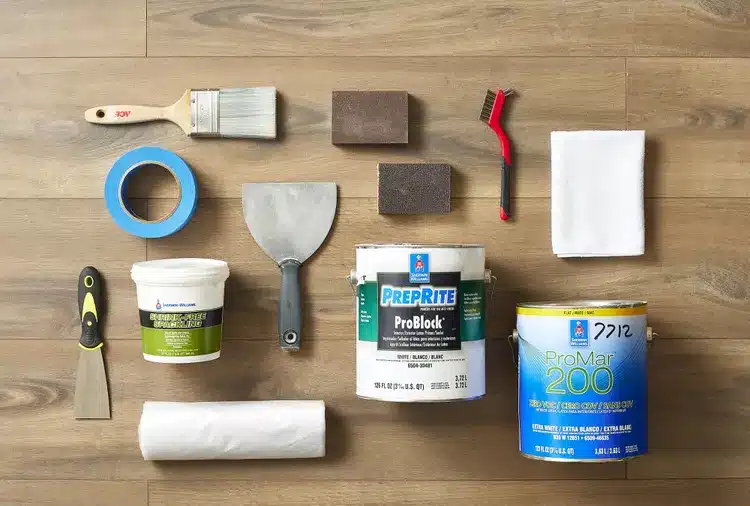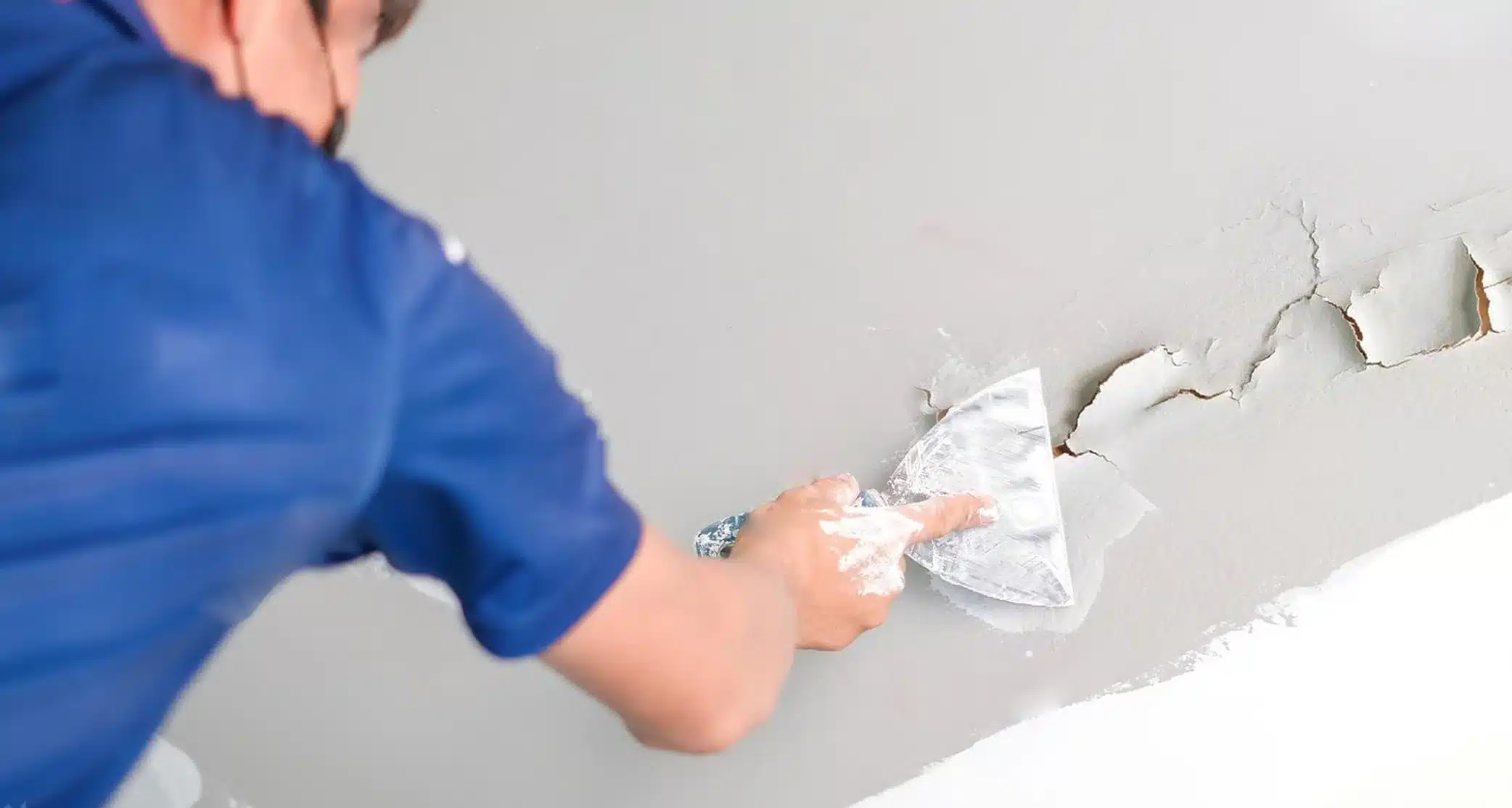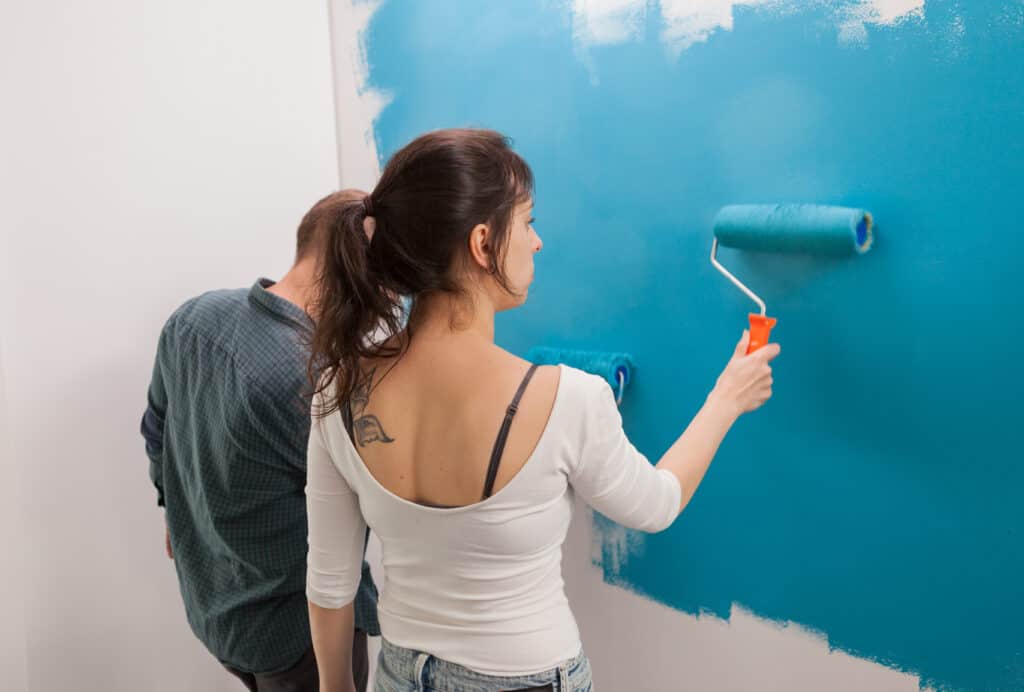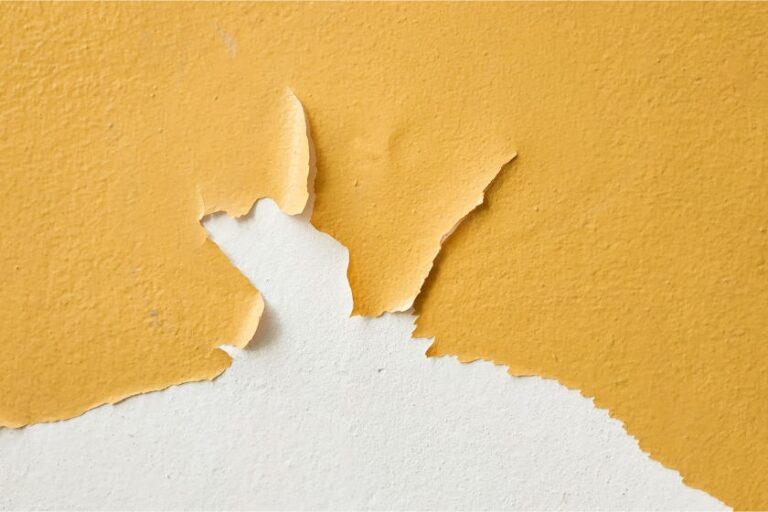Did you know that fixing peeling paint is actually more important than slapping on a fresh coat? It’s true. You might be tempted to just grab a brush and cover it up, but that’s like putting a Band-Aid on a leaky pipe. The truth is, if you don’t deal with what’s going on underneath, that beautiful new paint won’t last. It’ll bubble, crack, and start peeling all over again. I learned this the hard way during my own home project. One day everything looked fine… and the next, I noticed paint chipping and flaking off the wall like old wallpaper. Turns out, a little prep can go a long way. So if you’re staring at a patchy, peeling wall and wondering what to do, don’t worry. In this guide, I’ll walk you through how to fix peeling paint step by step, in a way that’s simple, doable, and (dare I say?) kind of satisfying.
Let’s get started. Your walls are counting on you.
Why Is My Paint Peeling?
Before we talk about how to fix it, it helps to know why it’s happening. When paint starts peeling off the wall, there’s usually a deeper issue underneath.
Here are some common reasons:
- Moisture problems: Water sneaking behind paint (from a leaky pipe, window, or roof) can break the bond between paint and wall.
- Poor prep: If the surface wasn’t cleaned or primed properly, paint won’t stick well.
- Incompatible paints: Applying latex paint over oil-based paint without the right prep can cause peeling.
- Skipping primer: No primer = no grip. Your paint will slide off over time.
- Old layers of paint: Built-up, unprepped layers can weaken over time and start peeling.
Tools & Materials You’ll Need

Credit: thespruce.com
Get these items ready before you start:
- Paint scraper or wire brush
- Fine-grit sandpaper (220 grit works well)
- Drop cloth or plastic sheeting
- Joint compound or wall filler
- Putty knife
- Primer (based on your wall type: latex or oil-based paint)
- Matching paint on walls
- Paintbrush or roller
- Damp sponge or cloth
- Dust mask (especially when sanding or dealing with old paint)
Optional
- Lead-based paint test kit (for homes built before 1978)
- Skim coat tools (for large patches or smooth walls)
🛠️ How to Fix Peeling Paint: Step-by-Step

Credit: paintaccess.com.au
Step 1: Prep the Area
Lay down a drop cloth to protect your floors and catch loose flakes. Tape off any baseboards, trim, or switches nearby.
If you’re dealing with lead-based paint, make sure to wear a mask, gloves, and follow safety guidelines for paint removal. You can buy a simple test kit to check.
Step 2: Scrape Off Loose Paint
Use a paint scraper or wire brush to gently remove any loose paint, flaking, or chipping. Don’t just stop at what’s already peeling; scrape beyond the edges until you find solid, stuck-on paint.
You don’t need to remove all the old paint; just what’s peeling or loose.
Tip: Use even, firm pressure while scraping. You’re not trying to gouge the wall; just lift off what won’t stay put.
Step 3: Sand It Smooth

Credit: homedepot.com
Next, use fine-grit sandpaper to feather the edges of the peeled area into the surrounding wall. This will help you create a smoother surface for repainting.
If you’re dealing with a larger patch or textured finish, this is also when you might need to do a little skim coating with joint compound to get a perfectly smooth wall.
Once you’re done sanding, wipe everything down with a damp cloth to get rid of the dust.
Step 4: Repair Any Damage
Got small dents or holes? Fill them in using joint compound or patch filler. Apply it with a putty knife and spread it evenly. Once it’s dry, sand again for that perfectly smooth look.
If your drywall is damaged underneath the peeling paint, you may need to look up how to repair peeling drywall on smooth walls for more detailed patching steps.
Step 5: Prime the Area
Now it’s time to give your surface a fresh base. Apply a good-quality primer that matches your paint type. Use oil-based primer if you’re covering over oil-based paint, or latex primer for latex paint.
Primer helps your new paint stick better and stops future peeling paint problems.
Step 6: Repaint the Wall

Credit: bradwillardpropainting.com
Once the primer is completely dry, you can apply a second coat if needed. After that, you’re ready to repaint!
Use a paint that matches the rest of the room in both color and finish. Apply your paint evenly with a brush or roller. For smoother areas, a foam roller can help give a clean, streak-free finish.
If the spot is large or obvious, it’s often a good idea to repaint the whole wall to blend everything together.
Wondering how to paint over chipped paint the right way? The key is in your prep; if you scraped and sanded well, your top coat will look fresh and flawless.
Now that you’ve learned how to fix peeling paint on walls, why not take care of bubbling paint too?
Check out our step-by-step guide on how to fix bubbling paint and make sure your walls stay smooth and flawless.
Pro Tips to Prevent Peeling Paint in the Future
Want to prevent peeling in the future? Some tips go a long way.
- Clean your walls first
Grease, dust, and dirt mess with paint’s ability to stick. Always start with a clean surface. - Always use primer
Especially if you’re painting over patched or sanded areas, or switching from oil-based to latex paint. - Choose the right paint
For humid areas like bathrooms, use moisture-resistant formulas. For cabinets or doors, consider oil-based paint or a durable enamel. - Watch the humidity
Too much moisture in the air can mess up your paint job and cause bubbles or peeling later on. - Don’t rush
Let each coat dry before applying the next one. Drying times matter more than you think!
Got Texture? Here’s What to Know
If your wall has a paint texture or decorative finish, you’ll need to recreate it after patching. For example, orange peel texture is common on drywall. You can buy spray texture in a can to match it.
Then, follow the same priming and painting steps. Just be sure to blend the texture well before you paint again.
And while you’re at it, make sure you’re cleaning those newly painted walls the right way—**check out our guide on how to clean painted walls for simple tips that protect your finish and keep your paint looking fresh.
Fixing Peeling Paint on Different Surfaces
- Ceilings: Often caused by roof leaks or moisture from above. Check for water damage before painting.
- Trim and Doors: Sand them down, prime with a bonding primer, and repaint with a semi-gloss or gloss for durability.
- Cabinets: Remove old chipped paint, sand, and use a durable enamel or oil-based paint for a long-lasting finish.
- Exterior walls: Be sure to address moisture issues and use weatherproof primer and paint.
The Wrap
So, it all comes down to that fixing peeling paint isn’t just about slapping on a new coat; it’s about understanding why the paint failed and making sure it won’t happen again. Whether you’re dealing with paint chipping, flaking, or whole sections where the paint is peeling off the wall, the process is pretty much the same: scrape, sand, prime, and repaint.
Take your time. Trust the steps. And when in doubt, always prime.
Your walls will thank you. And so will your next paint job.

